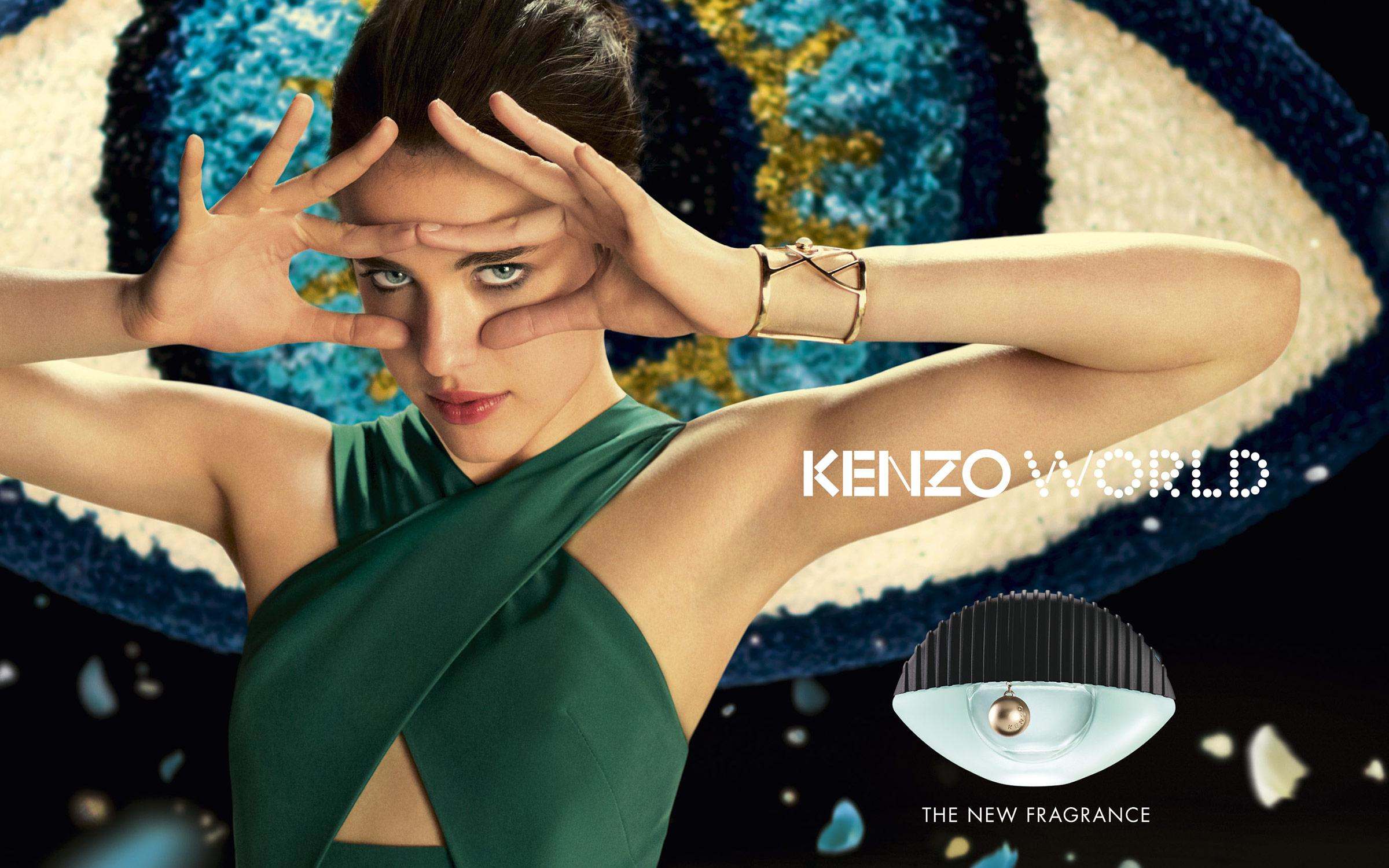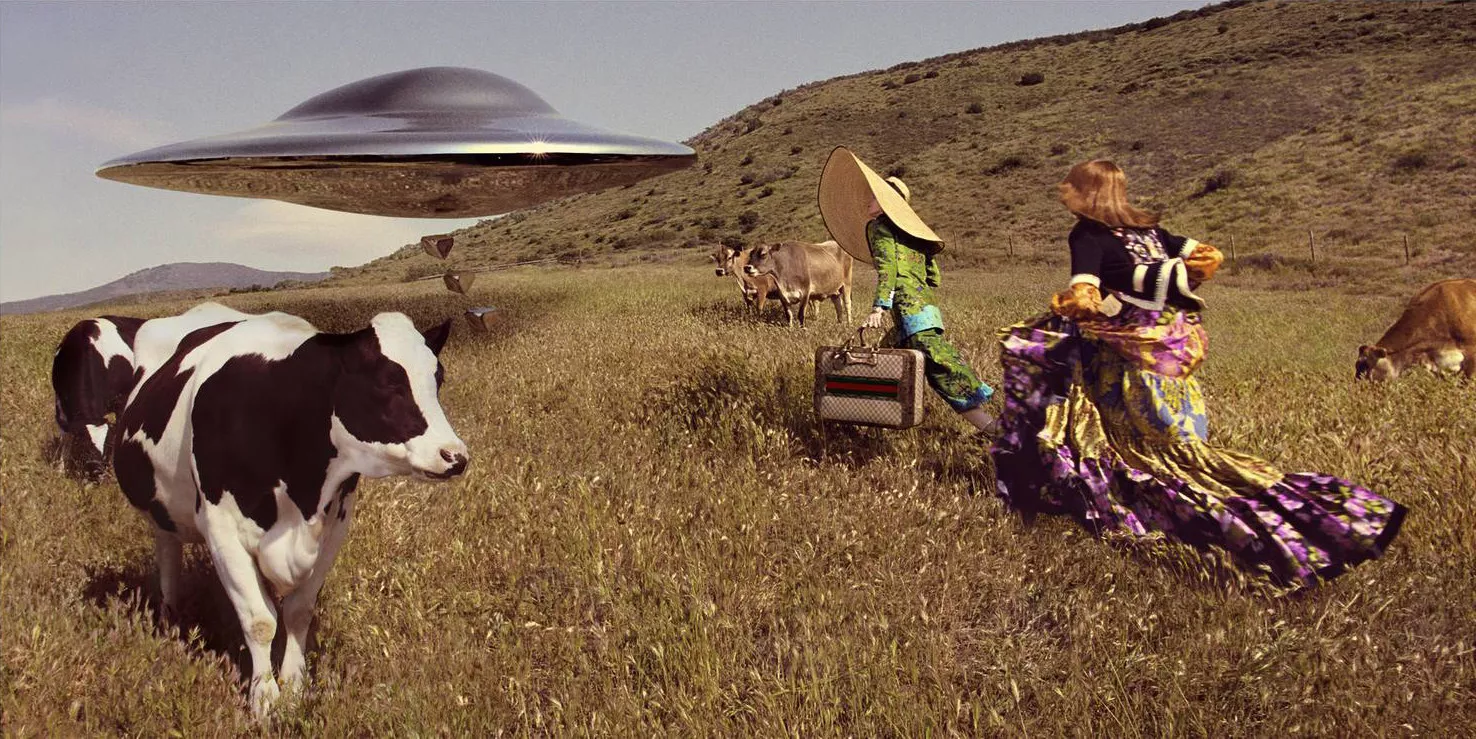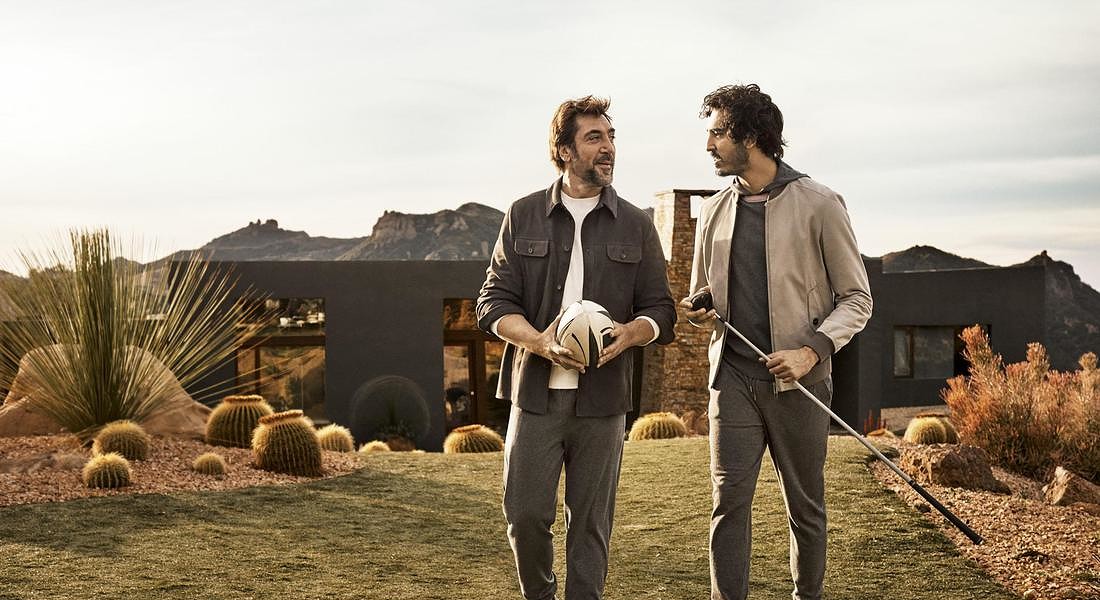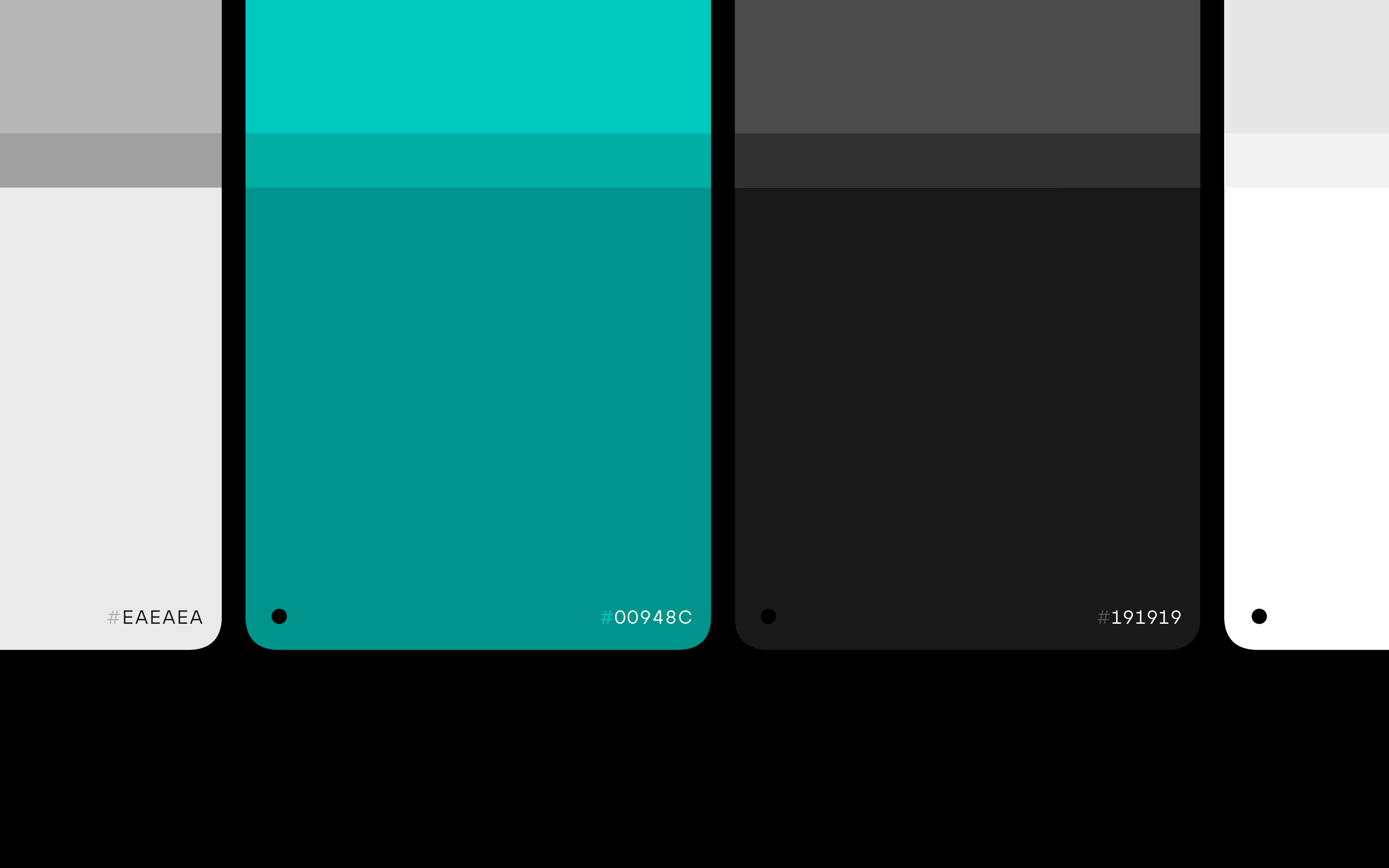
Something is happening in the fashion world and especially in fashion branding. An apparently superficial phenomenon, but one that tells us a lot about this market: from an image, fashion is becoming a story.
The protagonists of this transformation in fashion branding were fashion films in the first place: short films, often commissioned from leading directors, in which clothing is omnipresent but not the protagonists, at the most, they are compressed. The story, the actors (often stellar), and the set design (a blast) lead the way.
As objectives, the fashion film does not stray too far from fashion photography: to show the clothes and tie them to a specific and unforgettable mood. The advantages of fashion branding, however, are numerous:
The game of cross-referencing with the world of cinema widens the potential audience, also by virtue of the director’s fame;
The video allows to tell a richer, more articulated, and therefore more memorable reality;
Finally, the video is a much more suitable tool for digital diffusion, therefore essential to bring the messages of fashion to the millennial audience.
Let’s see some examples.
This growing familiarity of fashion with the story matured over the years, has recently begun to expand its domain. Before, in fact, it was limited to the fashion films we talked about: in many cases, products are distinct from product communication.
Today, however, this language comes ever closer to product communication. Think of the Gucci AW 2017 collection, entirely set in a retro-futuristic universe where models become unlikely aliens. The world of reference here has widened to include collection shots, other than fashion movies.
It’s no coincidence that Gucci is enjoying considerable favor among millennials, accustomed to consuming stories, no matter how absurd. Any numbers? According to the WSJ, 55% of Gucci’s sales are attributable to millennials. In addition, in the first quarter of 2018 (so immediately after the “alien” campaign) sales grew by 46%. This is not by chance, because it seems that creative director Alessandro Michele hired a real “millennial commission” to evaluate the creativity of the house. A very dedicated approach to fashion branding.

Or, let’s take the case of Zegna, who presented his latest collection with a serial story featuring two super-actors of the caliber of Javier Bardem and Dev Patel, as two friends who meet on the streets of Madrid. The videos are part of the series “Defining Moments” that had already seen Robert De Niro as a protagonist last year, but the interesting thing is that on Facebook and Instagram these videos are in fact an animated catalog because they are used in shoppable format: that is, with links to the product pages of all the garments that appear on the screen.

What does that tell us? That fashion branding today can no longer focus solely on aesthetics, an element that for the Instagram generation is overabundant and cheap. To add value, they must create stories and invent worlds that drag consumers in. In short, they must involve external elements, perhaps “aliens” to the fashion world, in their creativity. Because only by contaminating themselves will they remain relevant.
READ MORE ON
How We Choose Brand Colors for Impact
Choosing brand colors is never easy. But it helps to have a rough idea of why you are picking one over another.
Why Our Branding Agency is Called Sublimio
What’s in a name? More exactly, what’s in our name? Well, probably more than you think. Here’s where it comes from.
How We Do Brand Typography for Strong Brands
Brand typography can be seen as a detail, but it’s the living spirit of a brand. This is how we do it at Sublimio.
Giving the Brand a Body: How We Do Visual Identity
Designing a visual identity means creating a whole world. So where do you start and, most importantly, where do you stop?










